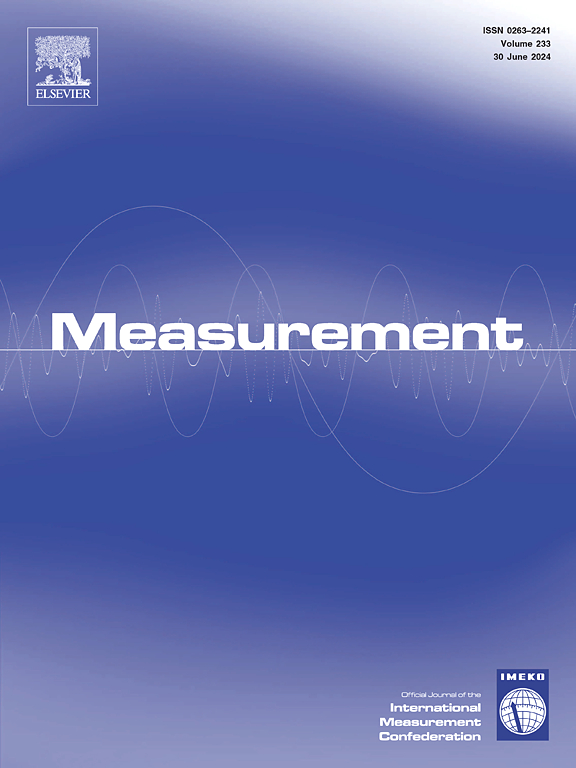A robust reference extraction method for shunt active power filters in the presence of noise and source voltage distortion
IF 5.2
2区 工程技术
Q1 ENGINEERING, MULTIDISCIPLINARY
引用次数: 0
Abstract
Active filters are commonly employed to mitigate voltage and current distortions by rapidly responding to harmonic disturbances originating from the load side. However, the effectiveness of these filters depends on the accuracy of reference signal extraction, which is susceptible to measurement noise and source voltage distortion. This paper proposes an extraction method consisting of decomposing the distorted signal into its constituent harmonic components by the matrix pencil method, reconstructing the fundamental component from the estimated fundamental frequency and amplitude, and subtracting the fundamental component from the distorted signal to obtain the reference signal. The robustness of the proposed method to noise and source voltage distortion stems from the over-modeling technique of the matrix pencil method and its ability to extract the reference signal without a low-pass filter, which often introduces errors in phase shift and magnitude. Simulation scenarios developed in MATLAB/Simulink involving measurement noise, source disturbance, and asymmetrical loads are used to compare the performance of the proposed method with the instantaneous reactive power theory and synchronous reference frame methods. Additionally, an experimental prototype is developed to validate the effectiveness of the proposed method on real data. Analysis of simulation and experimental results shows that the proposed method outperforms the conventional methods in robustness to source distortions and measurement noise, as demonstrated by the total harmonic distortion, which is around 0.77 % for simulated data and 1.68 % for experimental data. These findings underscore the significant enhancement in the overall power filter performance facilitated by the proposed extraction method.
噪声和源电压畸变情况下并联有源电力滤波器的稳健基准提取方法
有源滤波器通常通过快速响应来自负载侧的谐波干扰来缓解电压和电流失真。然而,这些滤波器的有效性取决于参考信号提取的准确性,而这很容易受到测量噪声和源电压失真的影响。本文提出了一种提取方法,包括用矩阵铅笔法将畸变信号分解为其组成的谐波分量,根据估计的基波频率和振幅重建基波分量,并从畸变信号中减去基波分量以获得参考信号。拟议方法对噪声和源电压畸变的鲁棒性源于矩阵铅笔法的过度建模技术及其无需低通滤波器即可提取参考信号的能力,而低通滤波器通常会引入相移和幅度误差。在 MATLAB/Simulink 中开发的仿真场景涉及测量噪声、源扰动和非对称负载,用于比较拟议方法与瞬时无功功率理论和同步参考框架方法的性能。此外,还开发了一个实验原型,以验证所提方法在真实数据上的有效性。对仿真和实验结果的分析表明,建议的方法对源畸变和测量噪声的鲁棒性优于传统方法,总谐波畸变在仿真数据中约为 0.77%,在实验数据中约为 1.68%。这些发现突出表明,拟议的提取方法显著提高了功率滤波器的整体性能。
本文章由计算机程序翻译,如有差异,请以英文原文为准。
求助全文
约1分钟内获得全文
求助全文
来源期刊

Measurement
工程技术-工程:综合
CiteScore
10.20
自引率
12.50%
发文量
1589
审稿时长
12.1 months
期刊介绍:
Contributions are invited on novel achievements in all fields of measurement and instrumentation science and technology. Authors are encouraged to submit novel material, whose ultimate goal is an advancement in the state of the art of: measurement and metrology fundamentals, sensors, measurement instruments, measurement and estimation techniques, measurement data processing and fusion algorithms, evaluation procedures and methodologies for plants and industrial processes, performance analysis of systems, processes and algorithms, mathematical models for measurement-oriented purposes, distributed measurement systems in a connected world.
 求助内容:
求助内容: 应助结果提醒方式:
应助结果提醒方式:


